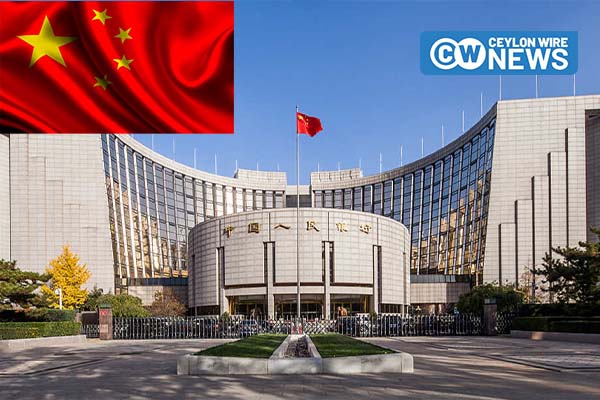China opted to keep its benchmark lending rates unchanged in the monthly fixing on Monday, aligning with expectations. The decision reflects the cautious approach of policymakers as a weakening yuan constrains additional monetary easing, and they await the impact of previous stimulus measures on credit demand.
Recent data depicts a mixed picture of China’s economic recovery, with industrial output and retail sales showing positive surprises, yet deflationary pressures are increasing, and there are few indications of an imminent rebound in the struggling property market. While acknowledging the need for further policy stimulus, authorities are cautious about exacerbating downward pressure on the Chinese currency through an aggressive escalation of monetary easing.
The one-year loan prime rate (LPR) was held steady at 3.45%, and the five-year LPR remained unchanged at 4.20%. Most new and existing loans in China are linked to the one-year LPR, while the five-year rate influences mortgage pricing.
In a recent poll of 26 market observers, all participants predicted no changes to either the one-year or five-year LPR. The decision follows the central bank’s maintenance of its medium-term interbank liquidity rate last week. Market participants often view changes in the medium-term lending facility (MLF) rate as a potential precursor to adjustments in the LPR.
The People’s Bank of China (PBOC) injected 1.45 trillion yuan worth of one-year MLF loans into the banking system last week, maintaining unchanged rates on those loans. This liquidity injection resulted in a net increase of 600 billion yuan in the banking system, the most significant monthly surge since December 2016.
Analysts suggest that policymakers may be allowing more time to evaluate the impact of recent repricing of existing mortgage contracts before considering further adjustments to the benchmark rate. However, there is an overarching expectation that rate reductions will be implemented in the near future, especially considering China’s economic challenges and a potential reversal in downward pressure on the renminbi.
The yuan has recovered some losses incurred earlier in the year, bouncing back after a more than 6% depreciation against the dollar in September. While China has adopted a loose monetary policy to support economic recovery, further rate cuts could widen the yield gap with the United States, posing the risk of yuan depreciation and capital outflows.
The Loan Prime Rate (LPR), typically charged by banks to their premier clients, is determined by 18 designated commercial banks that submit proposed rates to the central bank monthly.









